Located about 50 km from the center of Hanoi, Duong Lam ancient village in Son Tay town is a special destination, where the characteristics of an ancient Northern village are preserved intact. With a unique history and culture, Duong Lam is likened to a living museum, where time seems to settle in every brick and every ancient house.
Duong Lam village stands out with its architectural heritage that still retains its rare pristine features. Mong Phu village gate, the symbol of Duong Lam, welcomes visitors with its rustic and sturdy beauty. With its simple tiled roof and ancient laterite walls, the village gate is not only an entrance but also a place to preserve memories of a bygone era. Passing through the gate, red brick roads lead to ancient houses lying peacefully under the shade of ancient trees, creating a simple but equally attractive village scene.
Mong Phu communal house, located in the center of the village, is a unique architectural highlight. Built in 1684, the communal house has no surrounding walls, instead it has airy railings, suitable for community activities. According to legend, the communal house was built on a dragon's head, with profound feng shui and spiritual significance. From this area, small alleys lead visitors to explore a world imbued with the soul of the countryside with ancient houses hundreds of years old, where cultural and historical imprints are imprinted in every architectural line.
Ancient architecture of Mong Phu village gate. Photo: Collected
The ancient houses in Duong Lam, especially in Mong Phu village, are a living testament to the talent and ingenuity of ancient Vietnamese craftsmen. Built from laterite and jackfruit wood, the houses are both durable over time and exude a simple and warm beauty. The house of Mr. Nguyen Van Hung, dating back to 1649, is one of the tourist attractions. With a large yard full of typical soy sauce jars, the houses in Duong Lam tell stories of the past and reflect the daily lives of the people here.
Duong Lam is also a land of history and legend, the birthplace of two famous kings, Bo Cai Dai Vuong Phung Hung and Ngo Quyen. Phung Hung Temple and Ngo Quyen Tomb are historical sites of great significance, both to commemorate the contributions of our ancestors and to affirm the nation's tradition of patriotism and indomitable struggle. In addition, relics such as Mia Pagoda with 287 worship statues or ancient wells bearing strong cultural imprints also contribute to the unique appeal of this land.
Brick road into the village. Photo: Collected
In addition to tangible cultural heritages, Duong Lam fully preserves the beauty of daily life. Images of herds of cows leisurely going to the fields, old men chewing betel at tea shops or small moss-covered alleys remind us of a time long ago, where simple life blended with nature. In particular, traditional dishes such as Mia chicken, roasted pork, and sticky rice sauce enrich the experience of visitors, becoming a bridge for them to discover the rich flavors of the countryside.
In modern times, Duong Lam has made constant efforts to preserve and promote its heritage values. Projects to renovate ancient houses, preserve the village space, and develop sustainable tourism have created new vitality for the village. In September 2019, Duong Lam was officially recognized as a tourist destination, opening up opportunities to promote the image and unique cultural values of this place.
Duong Lam is a vivid symbol of an ancient Vietnamese village, and at the same time a clear demonstration of the effort to preserve cultural identity amidst the flow of modernity. The picture of the village here evokes memories of a bygone era, arousing pride and love for the homeland in the hearts of every Vietnamese person.
Hoang Anh - SEAP


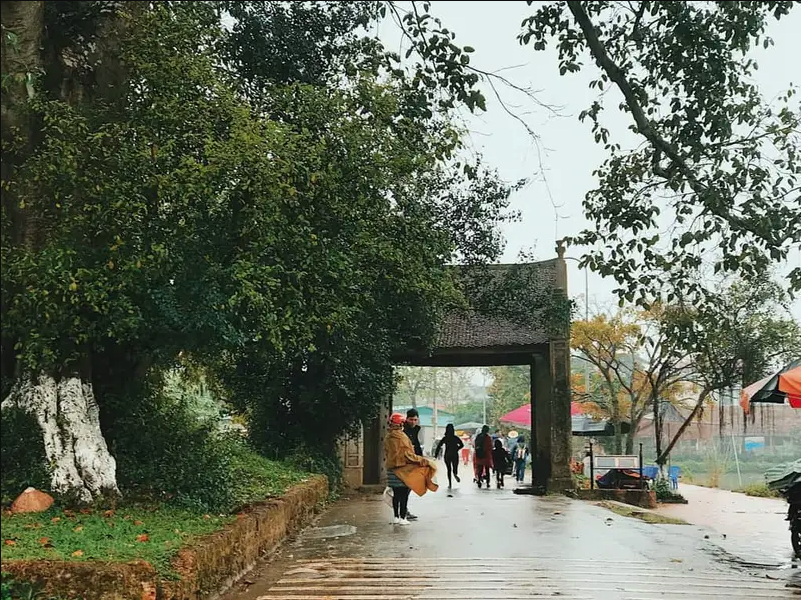
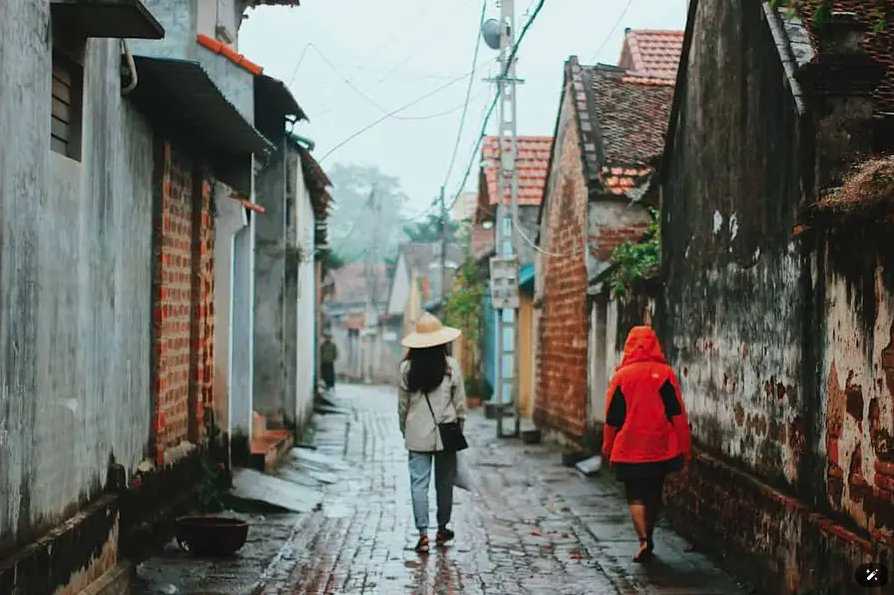
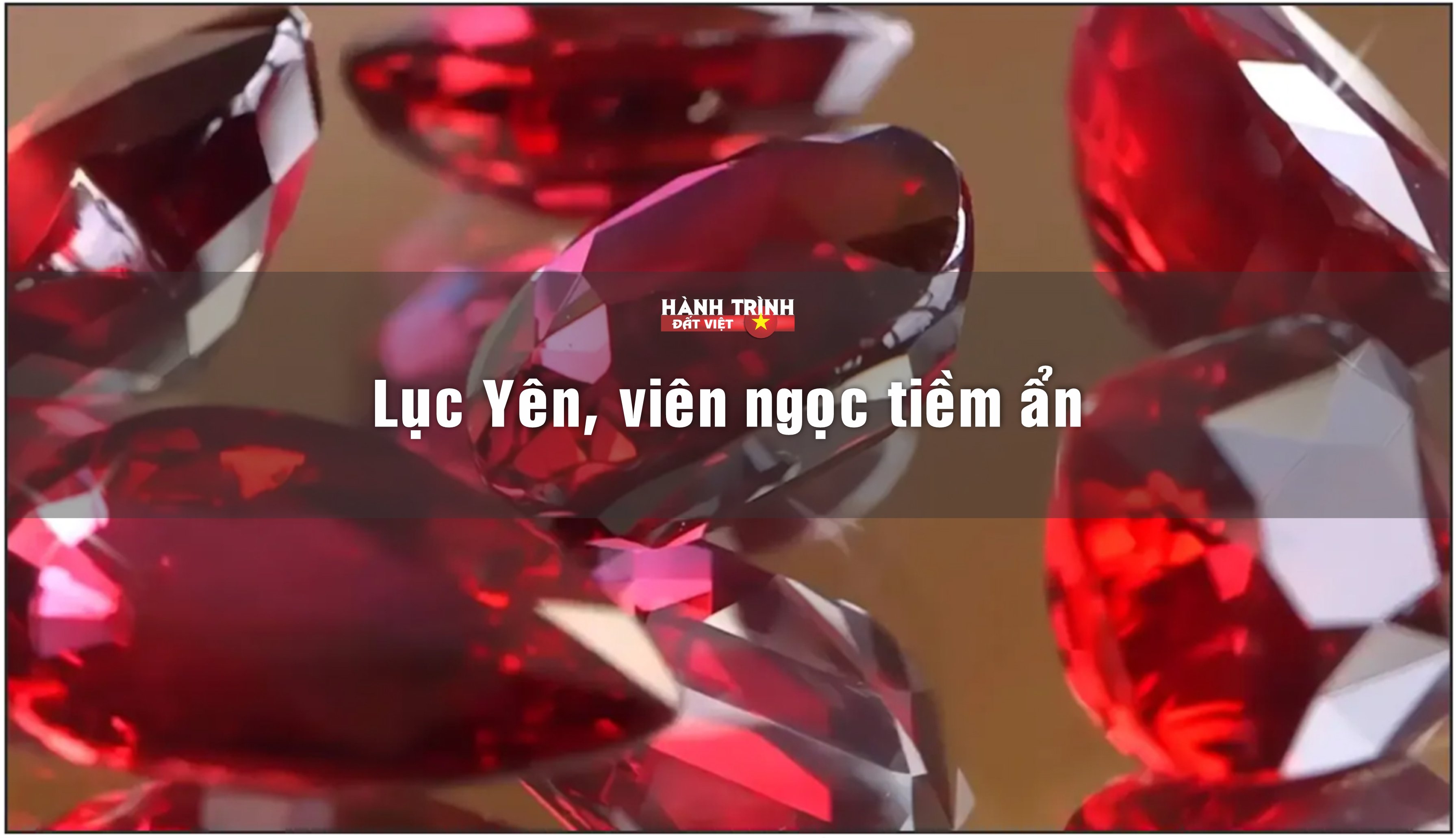

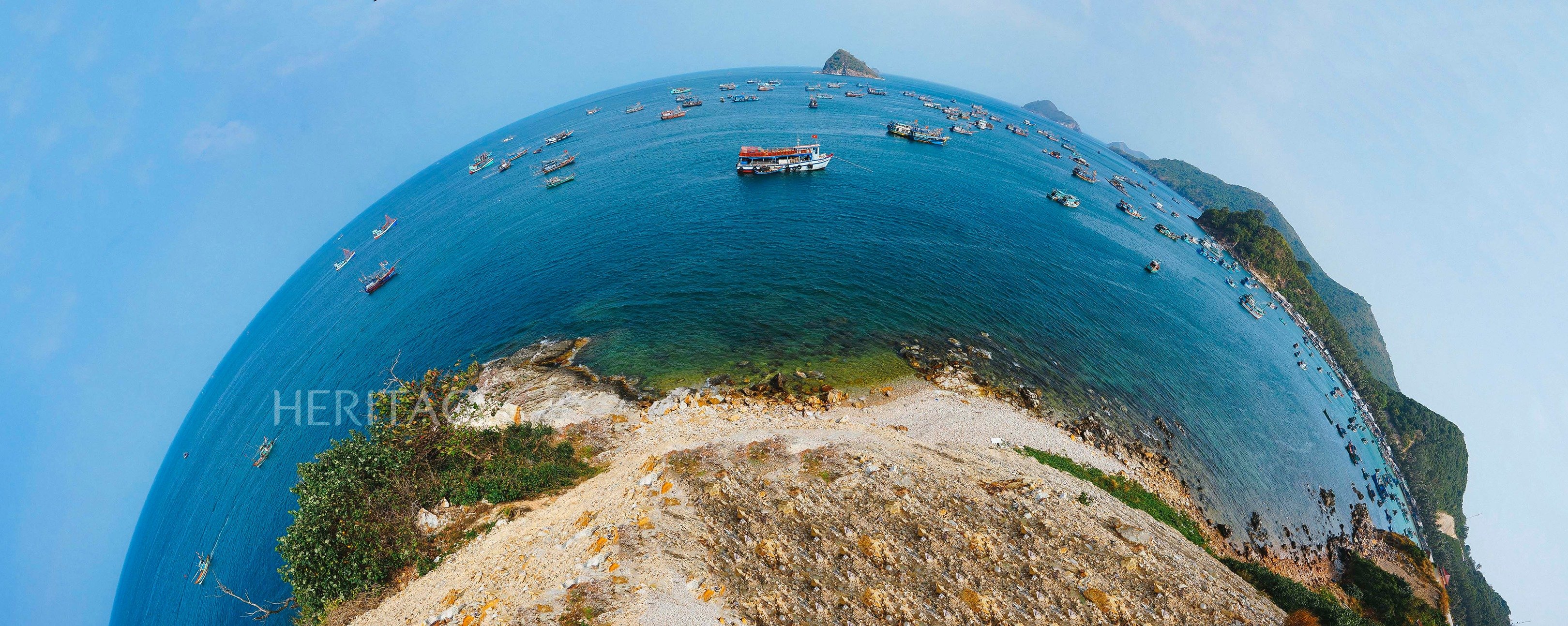
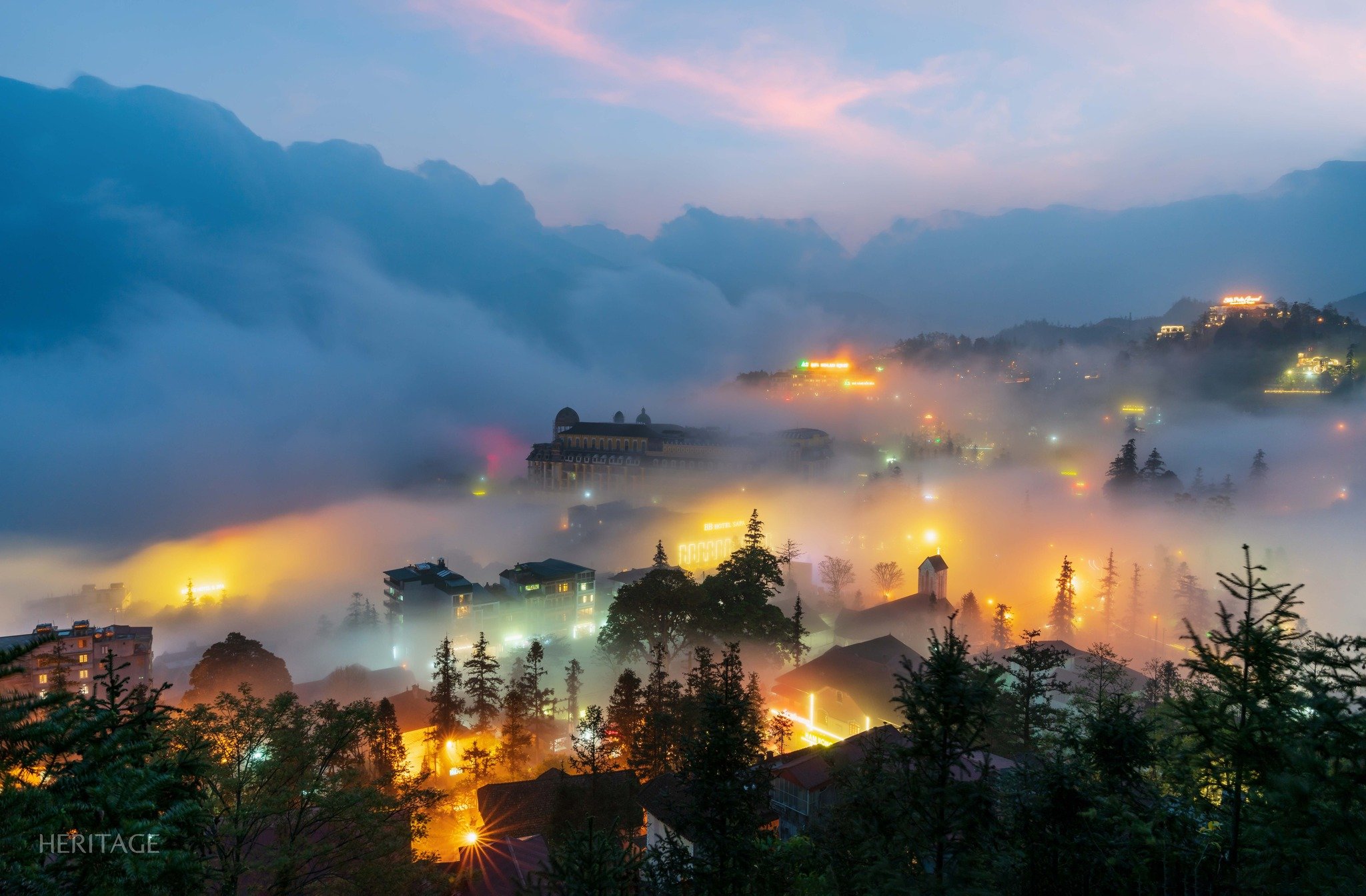


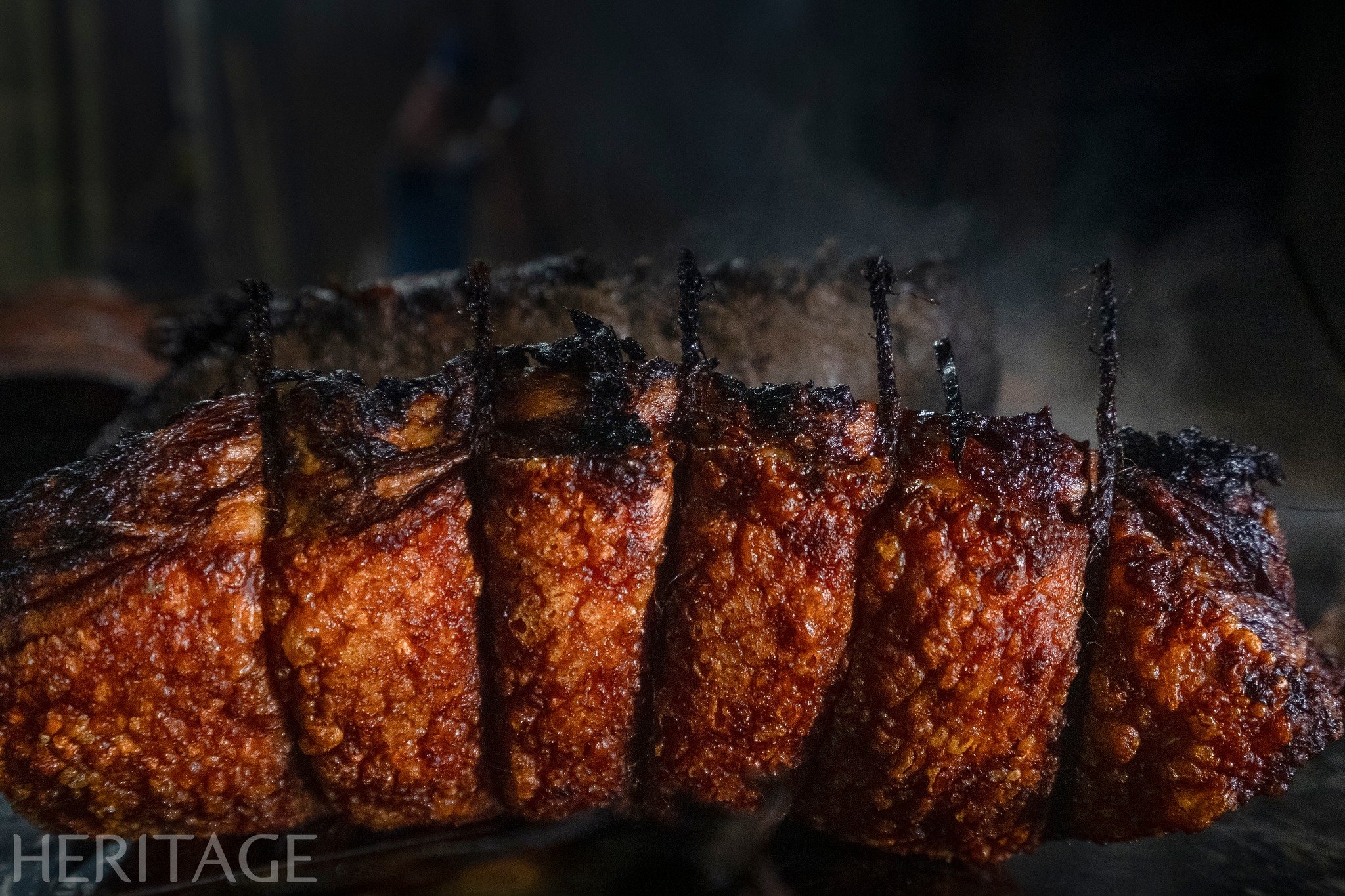

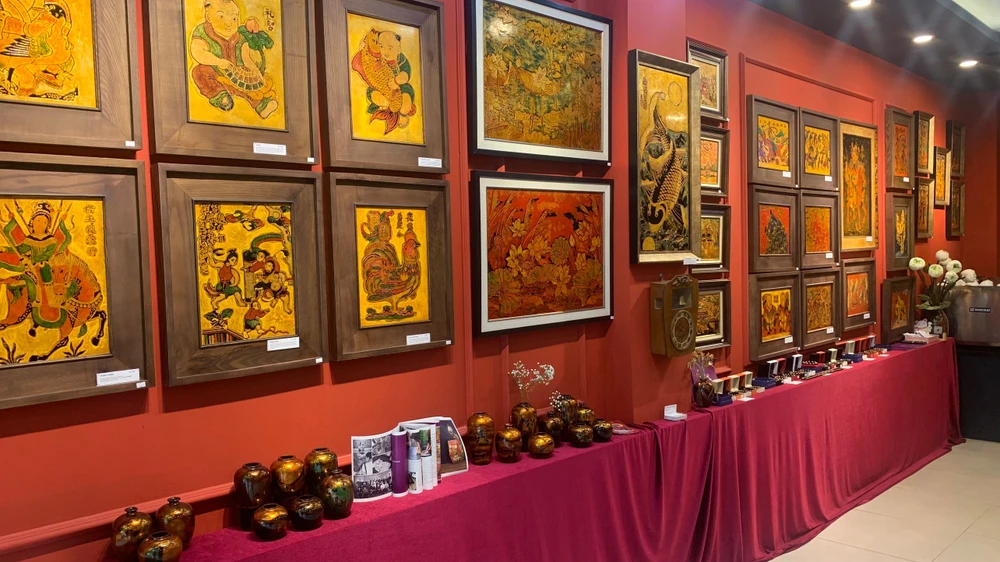

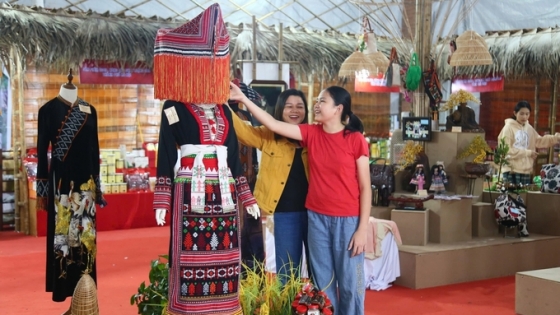



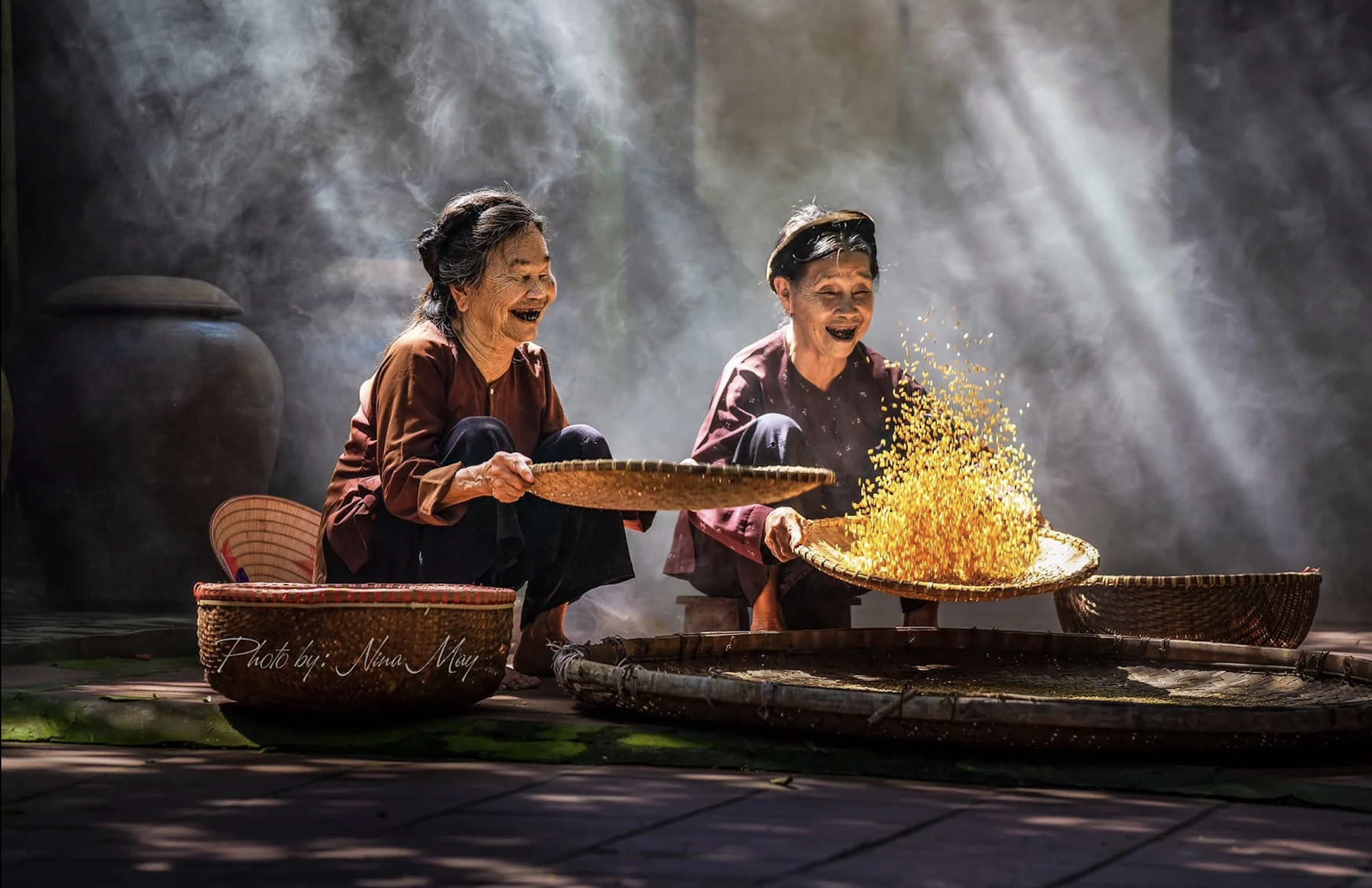

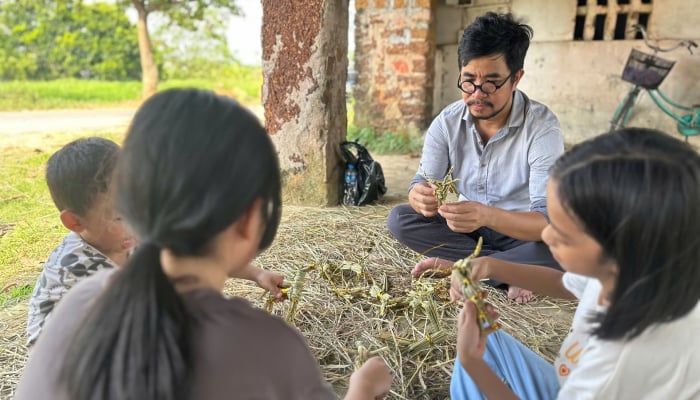


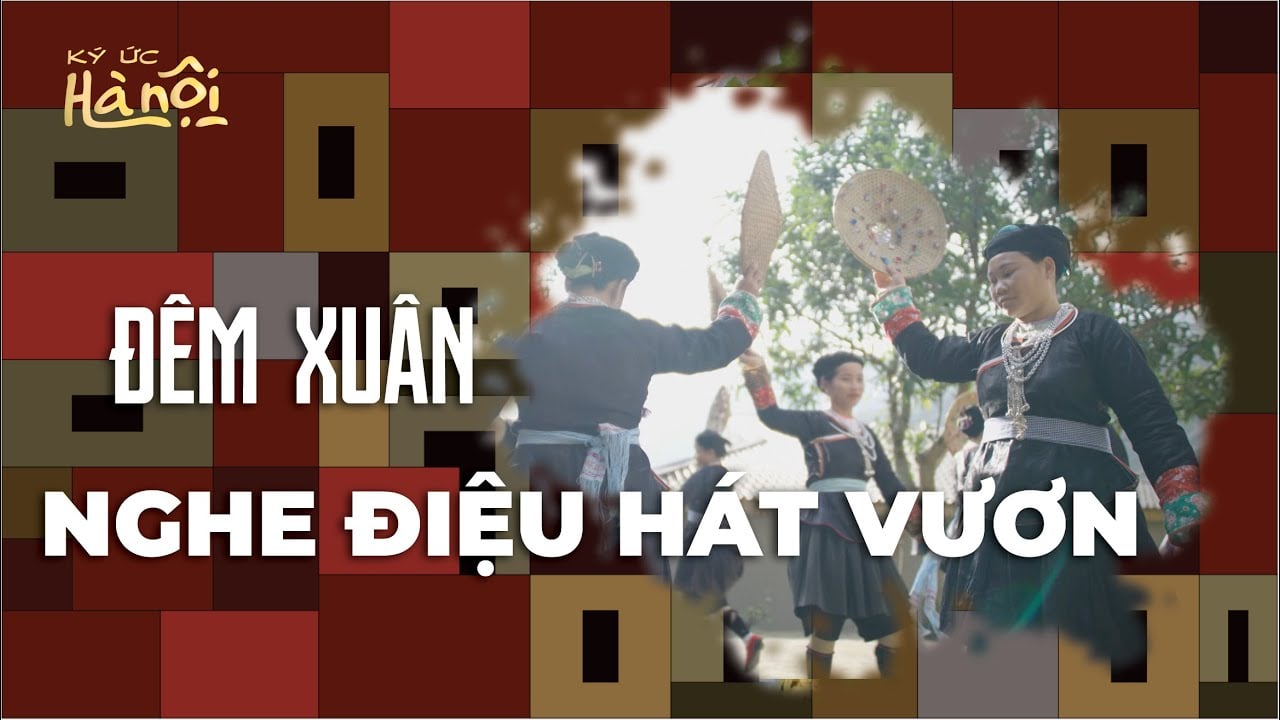

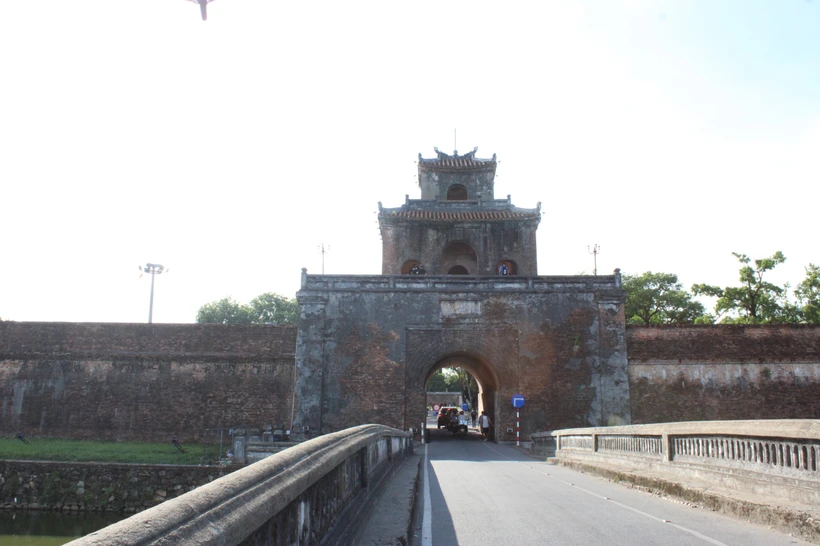

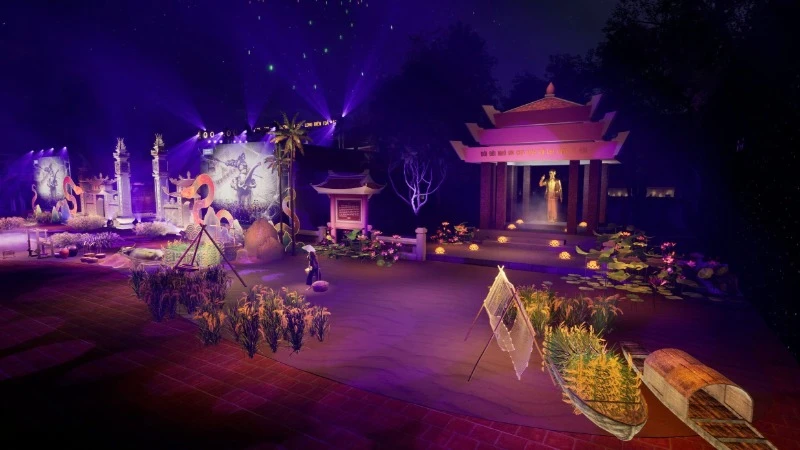
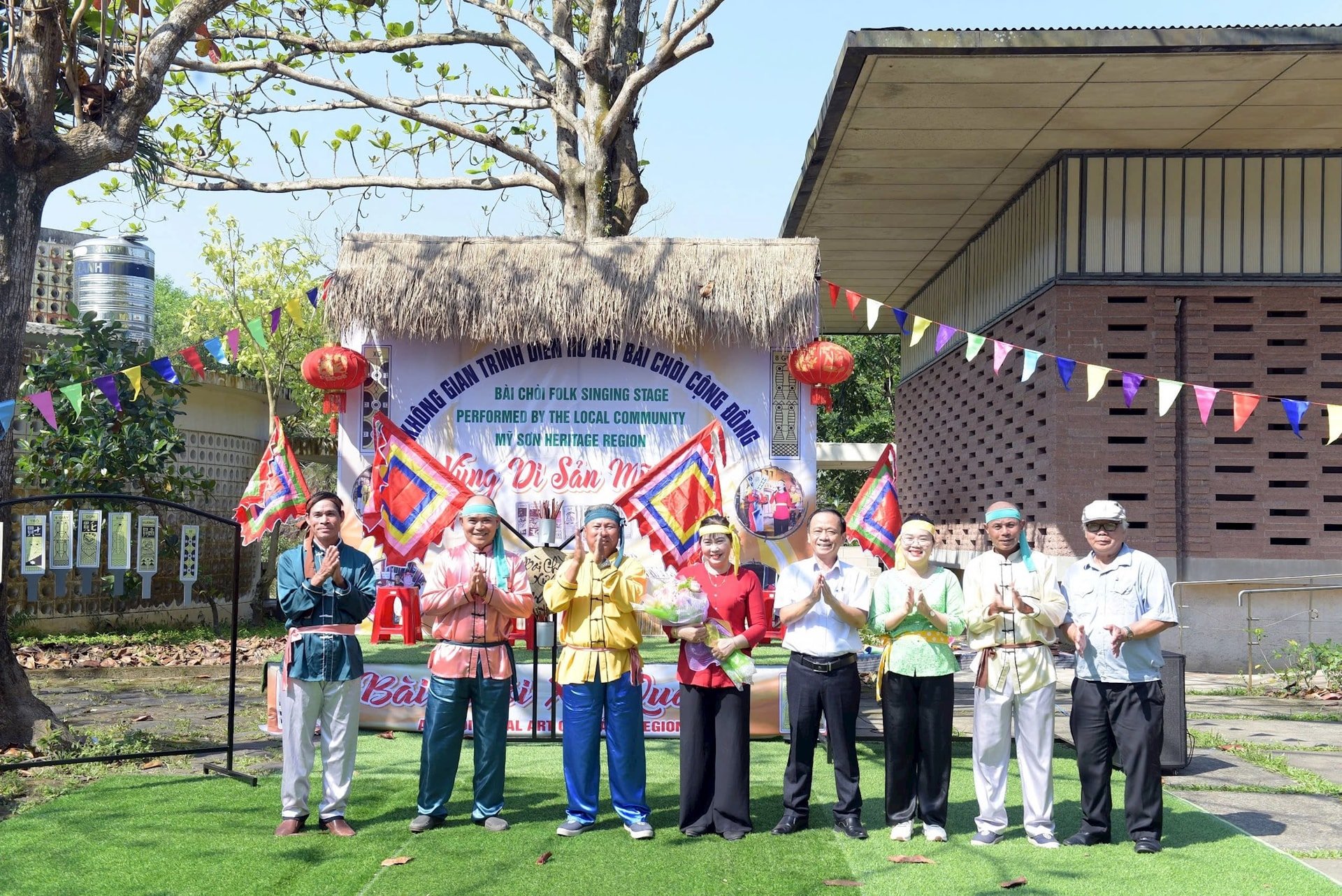

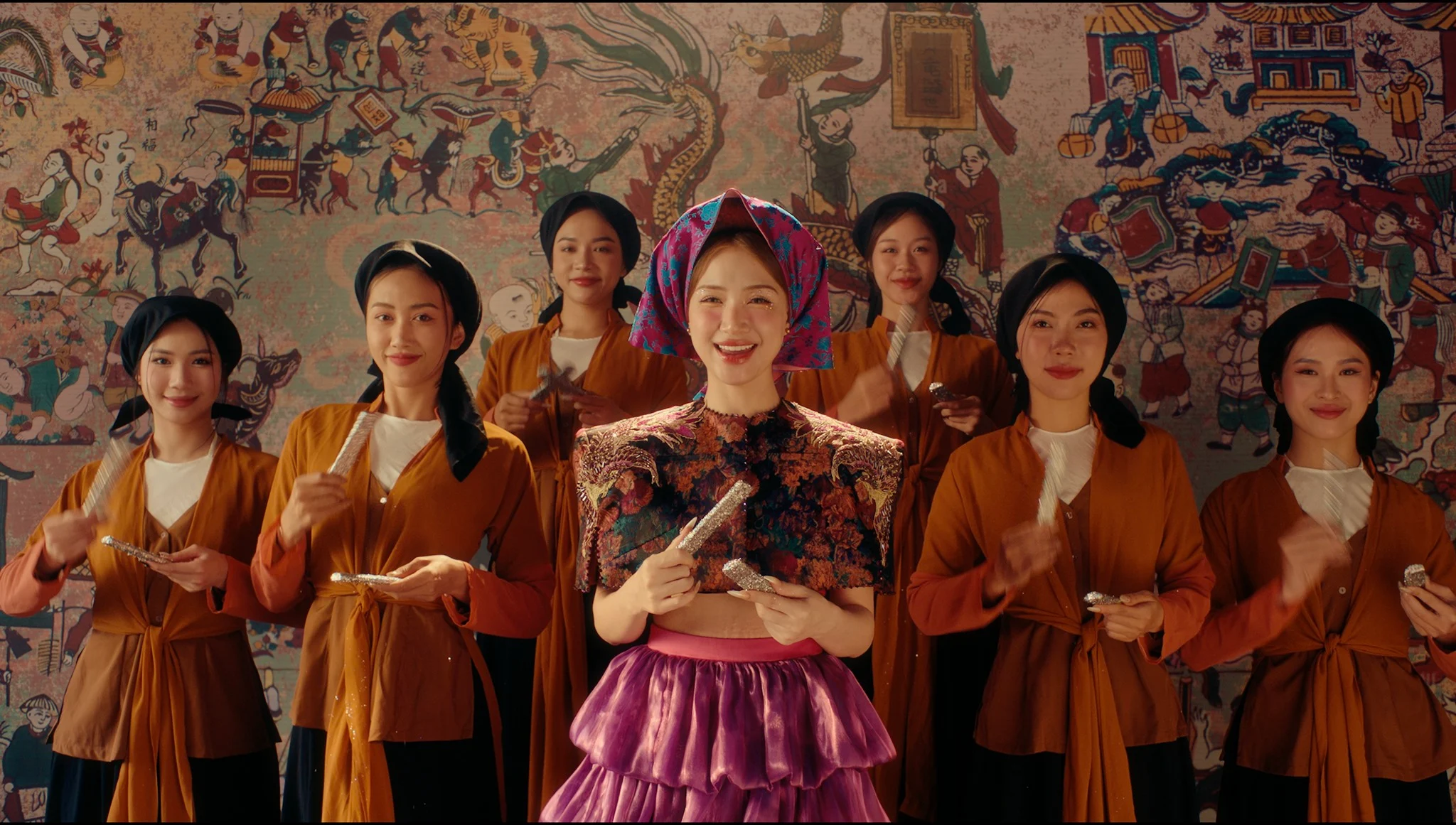

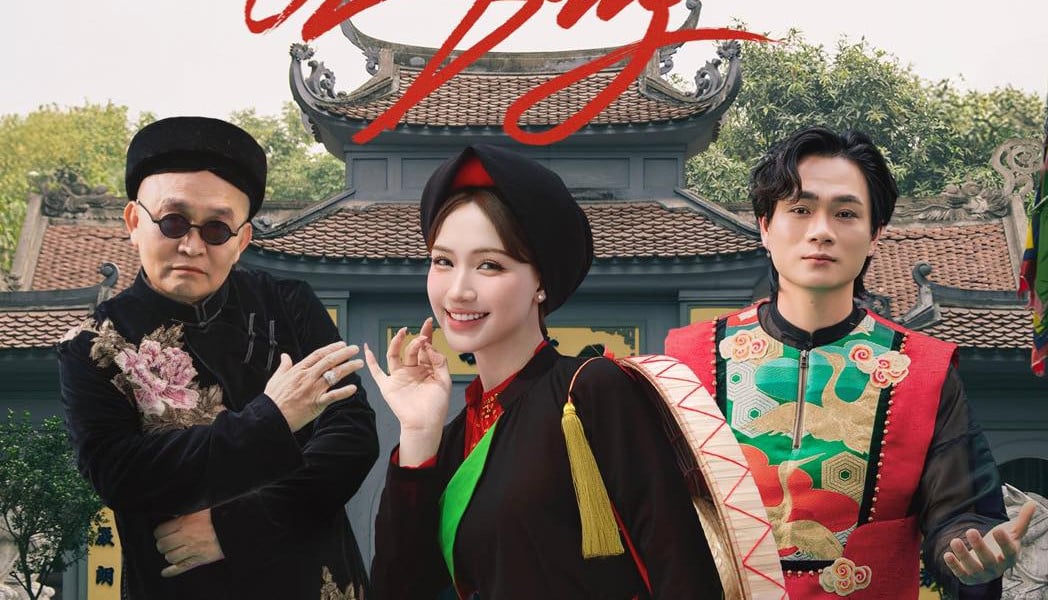

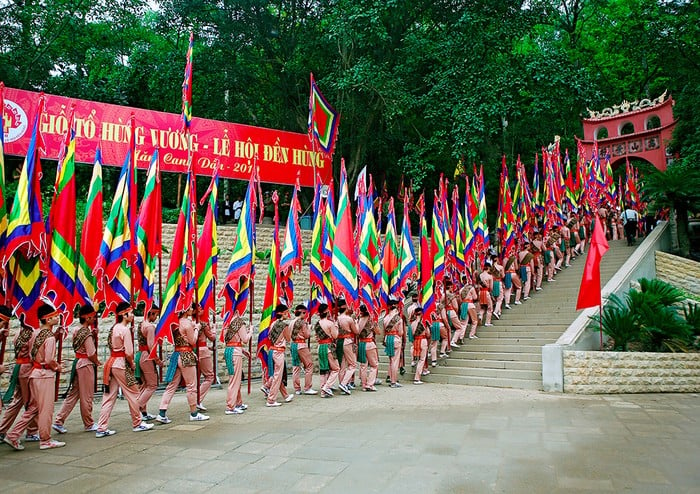
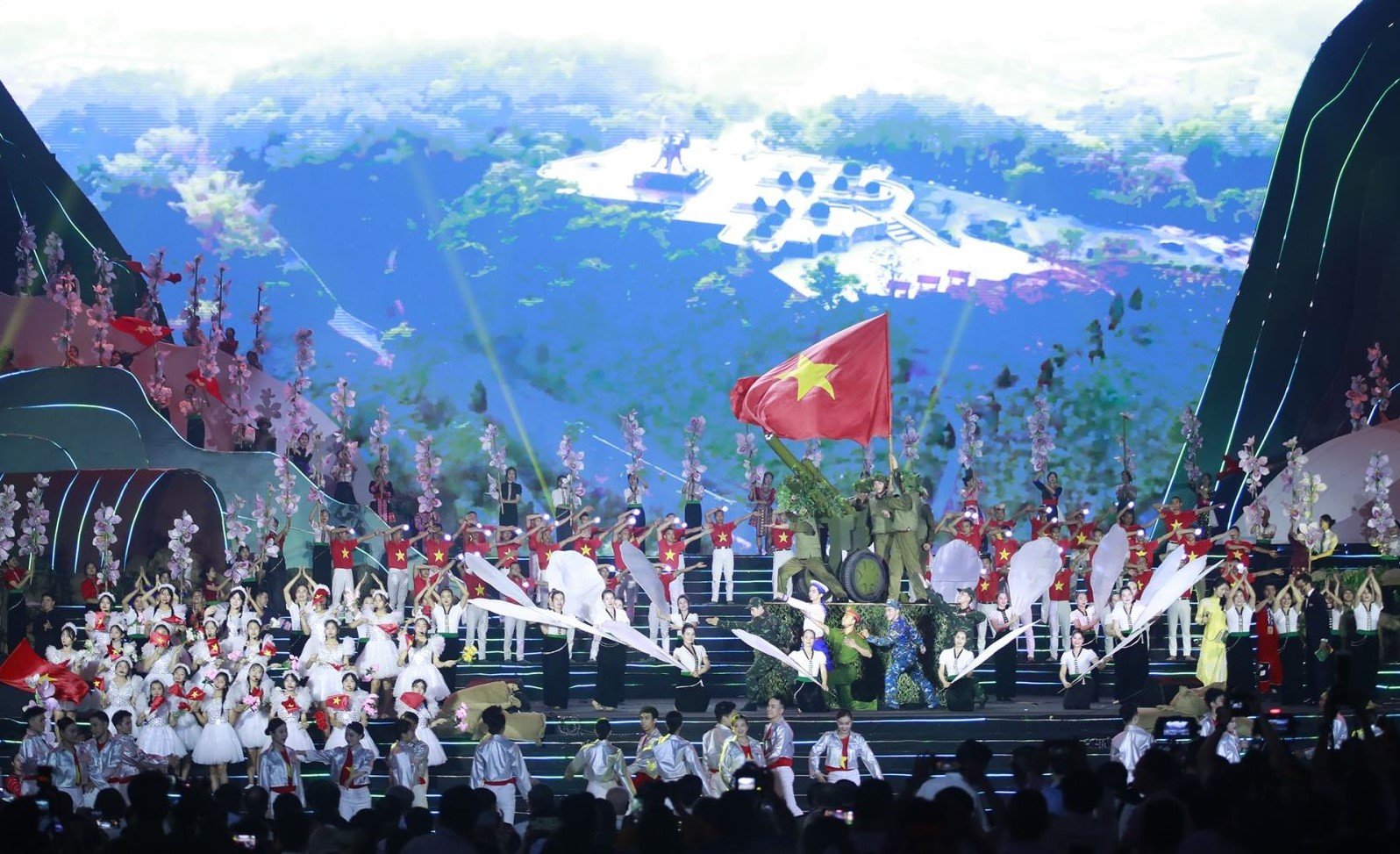
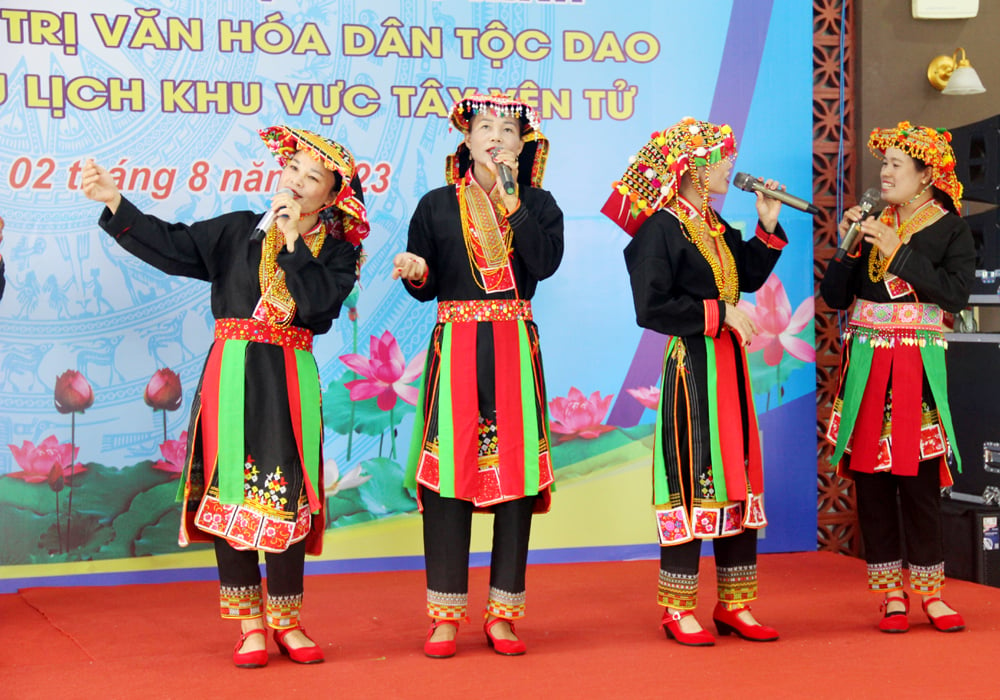
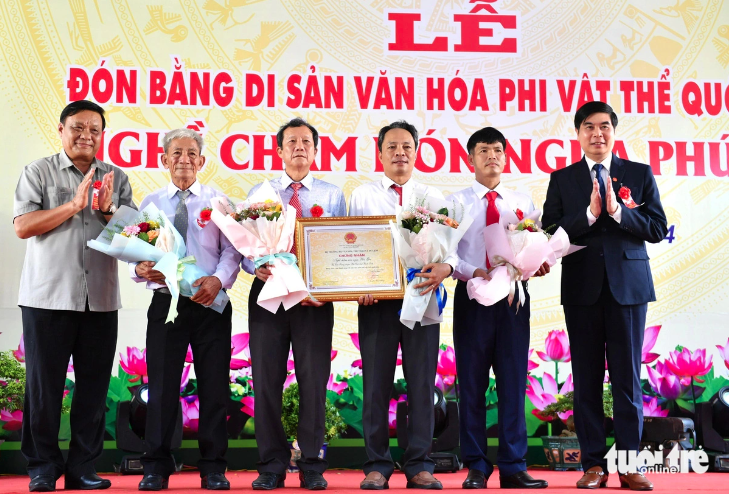
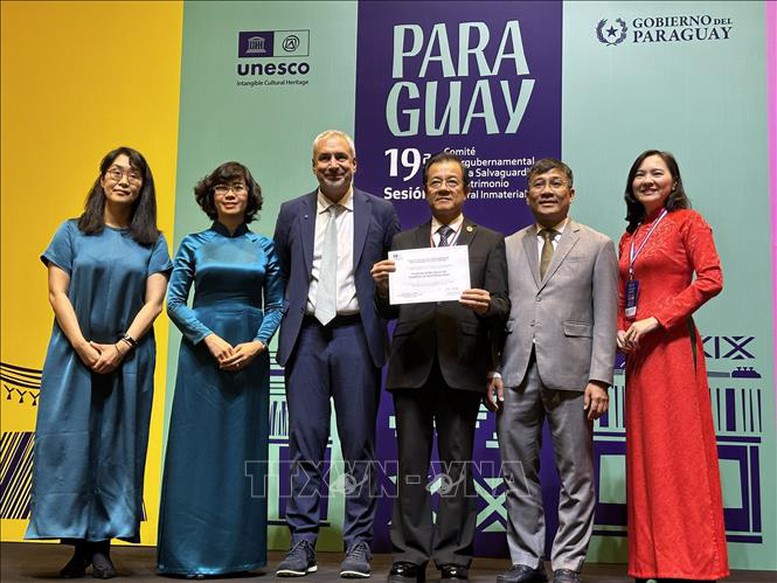
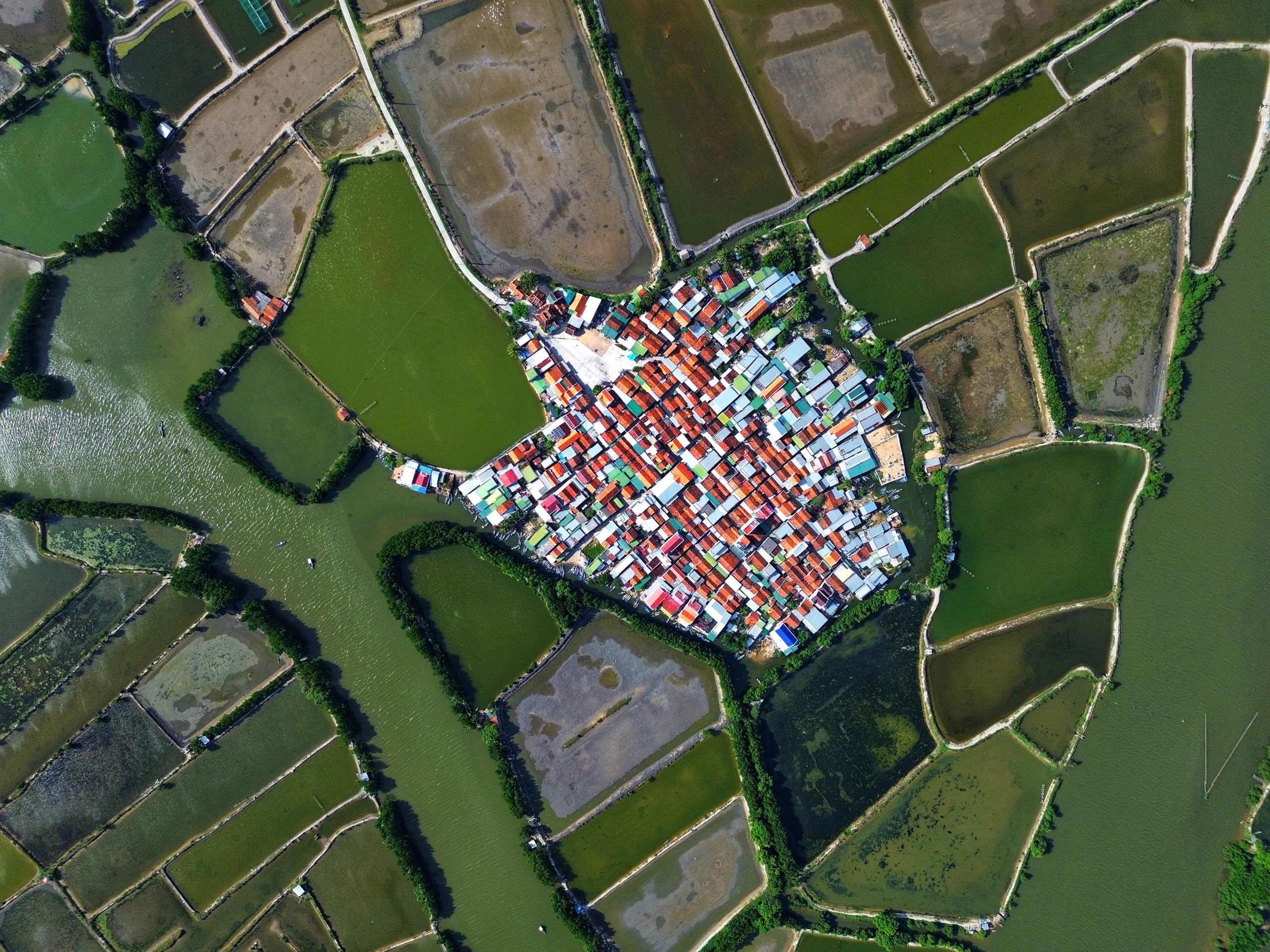
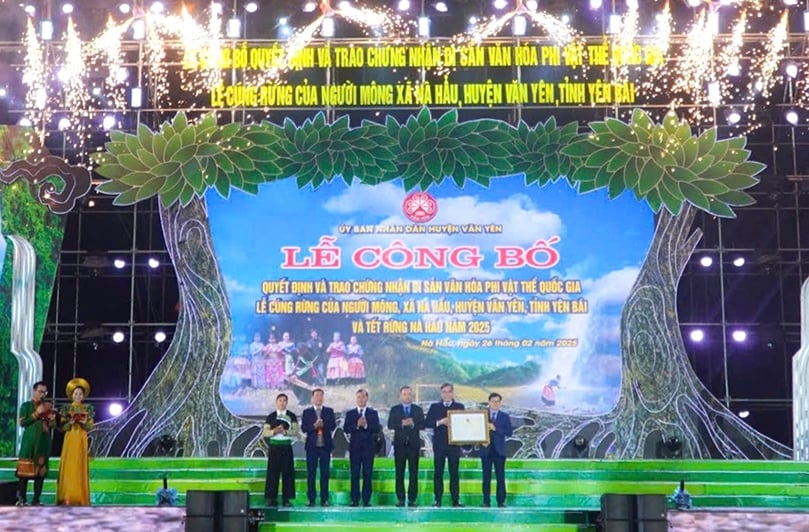


















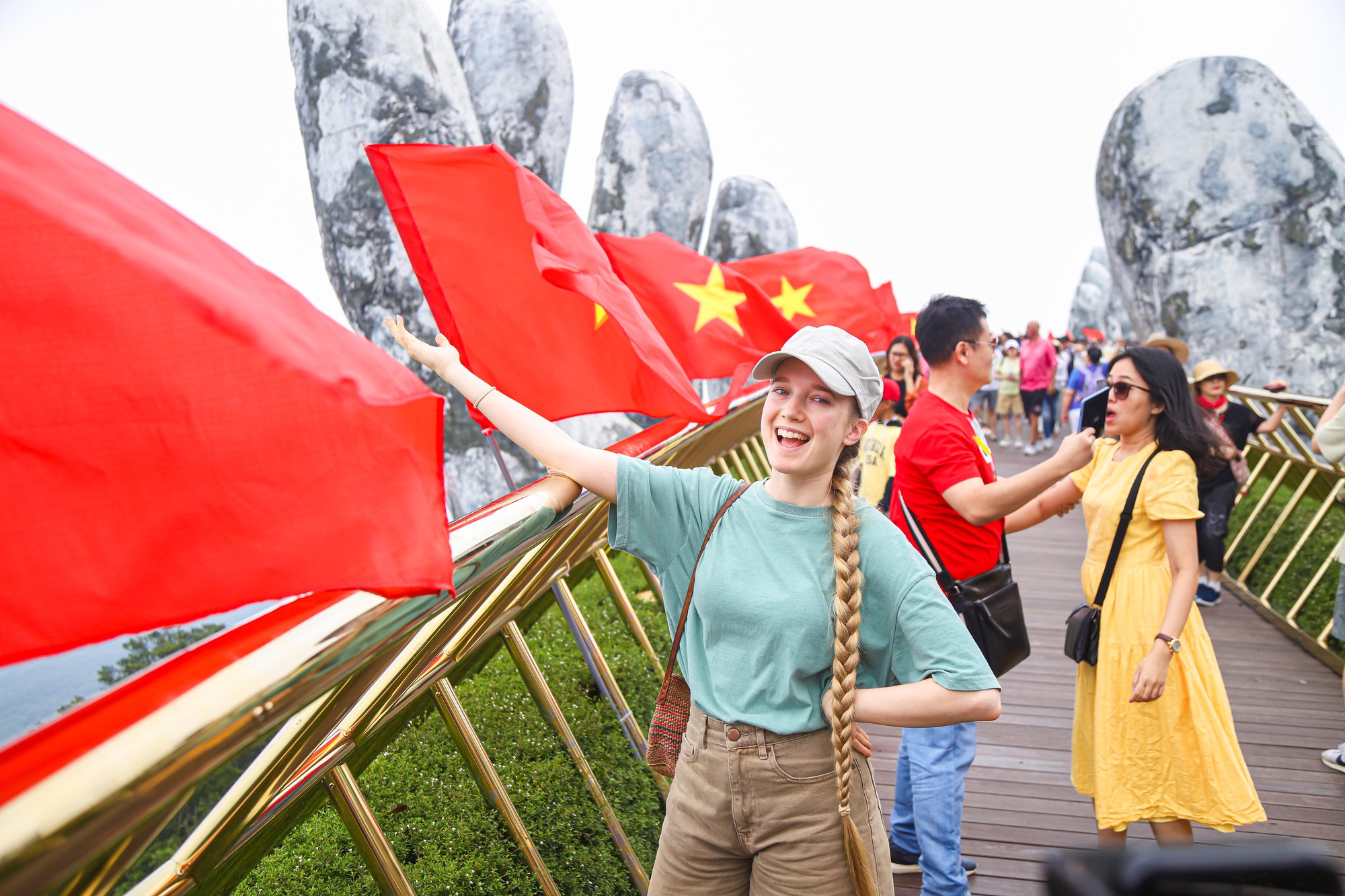
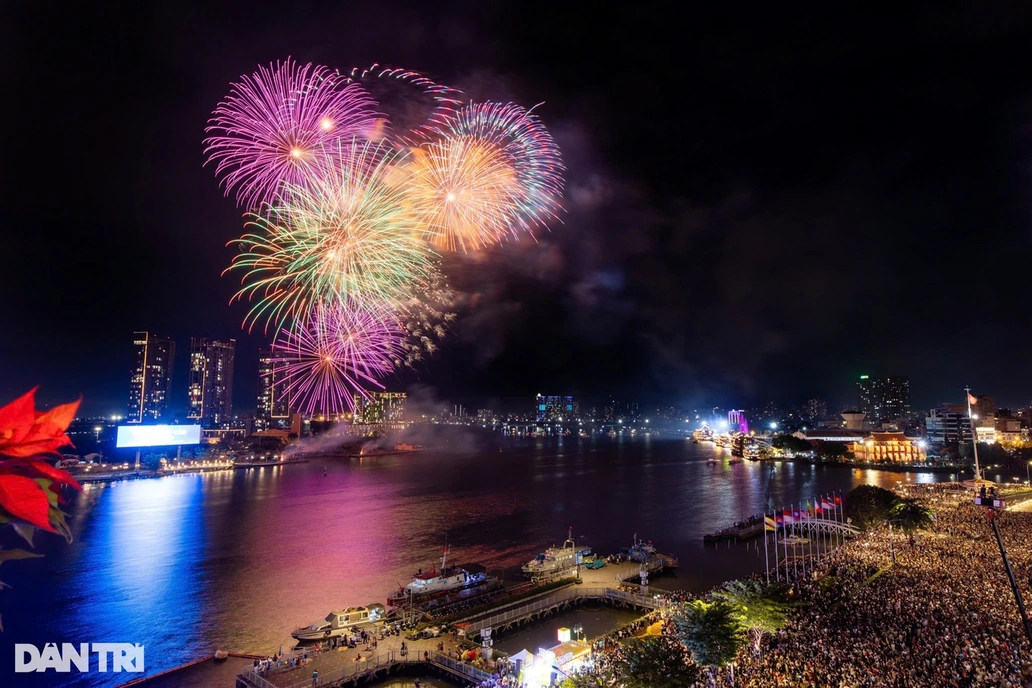


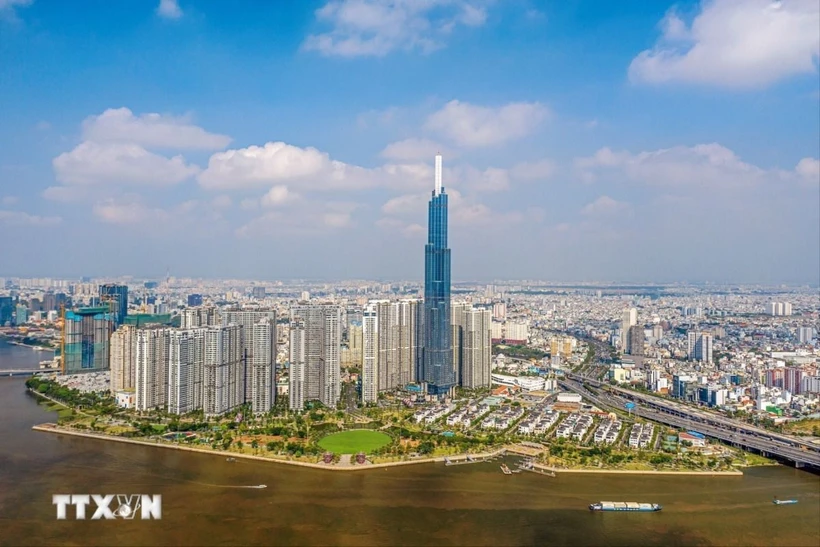
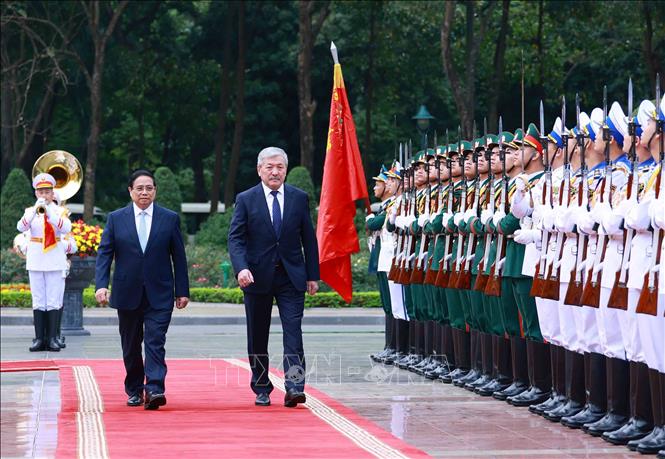

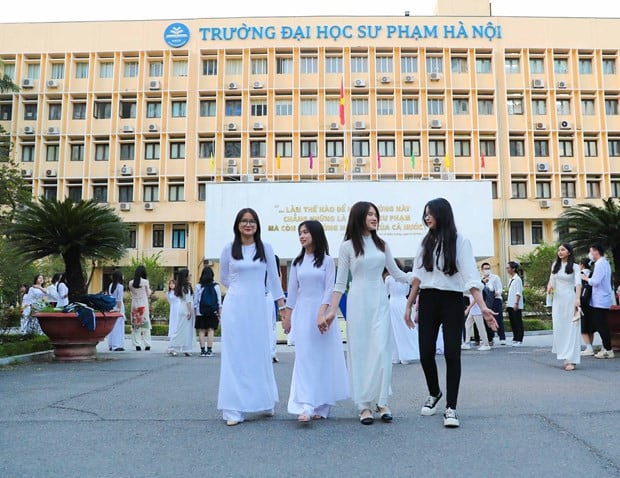

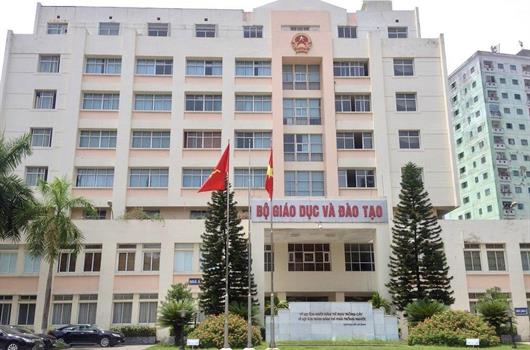

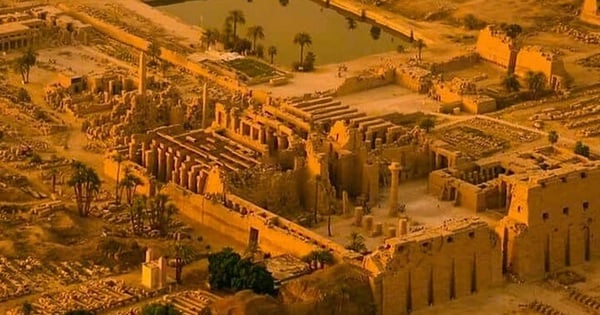

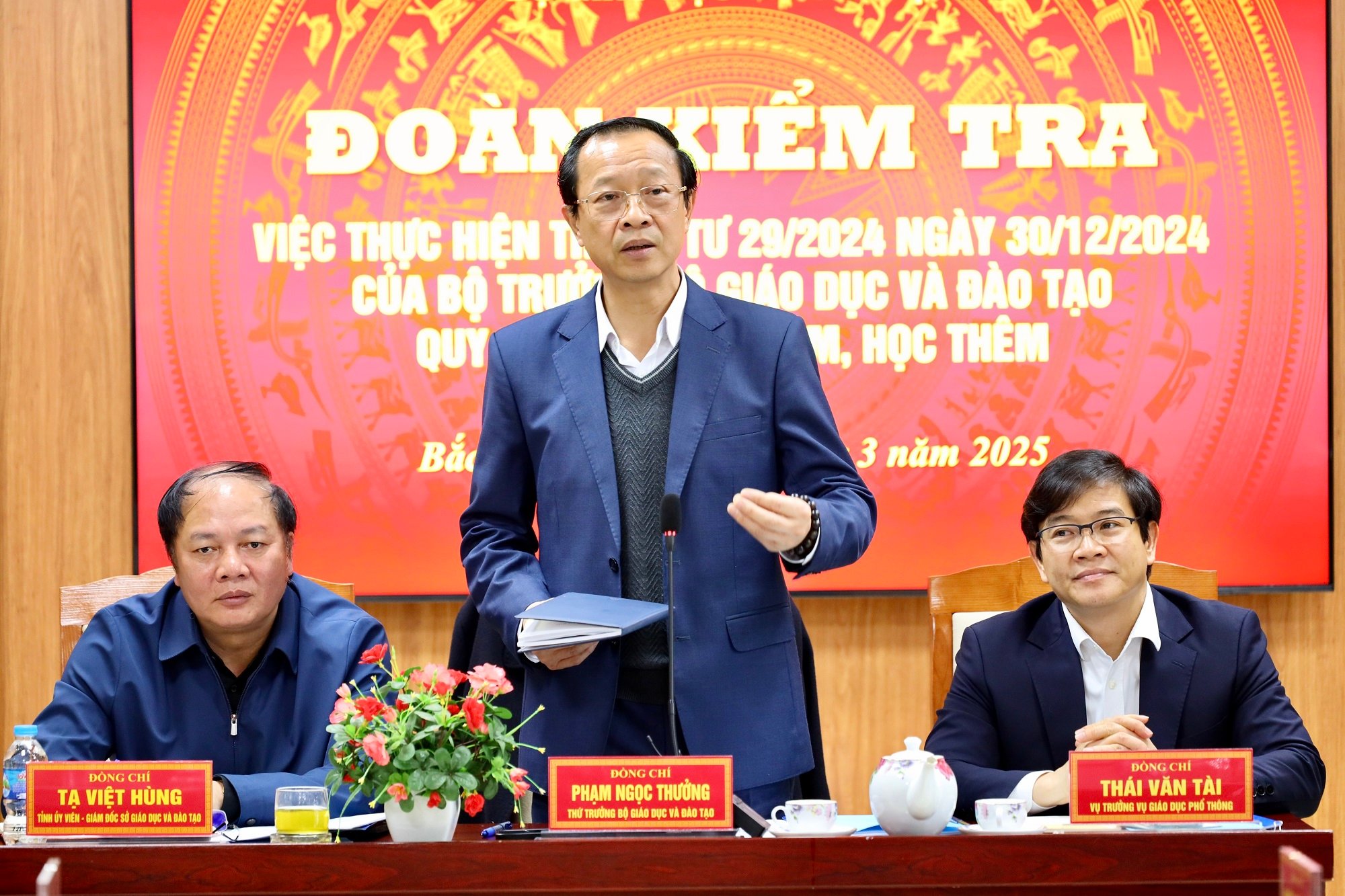








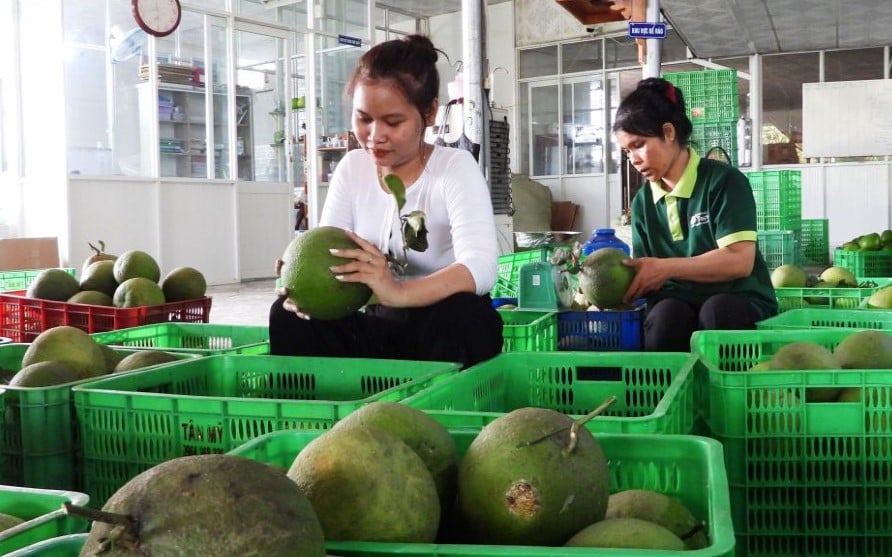
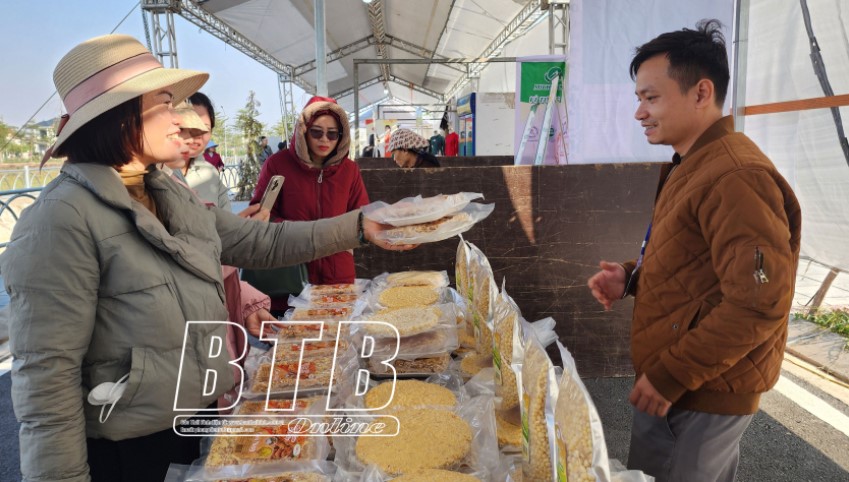

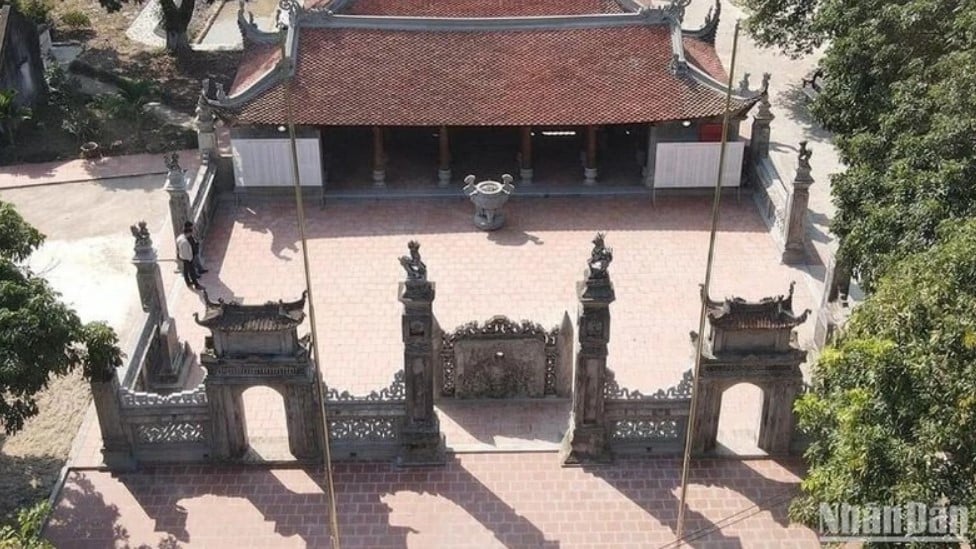
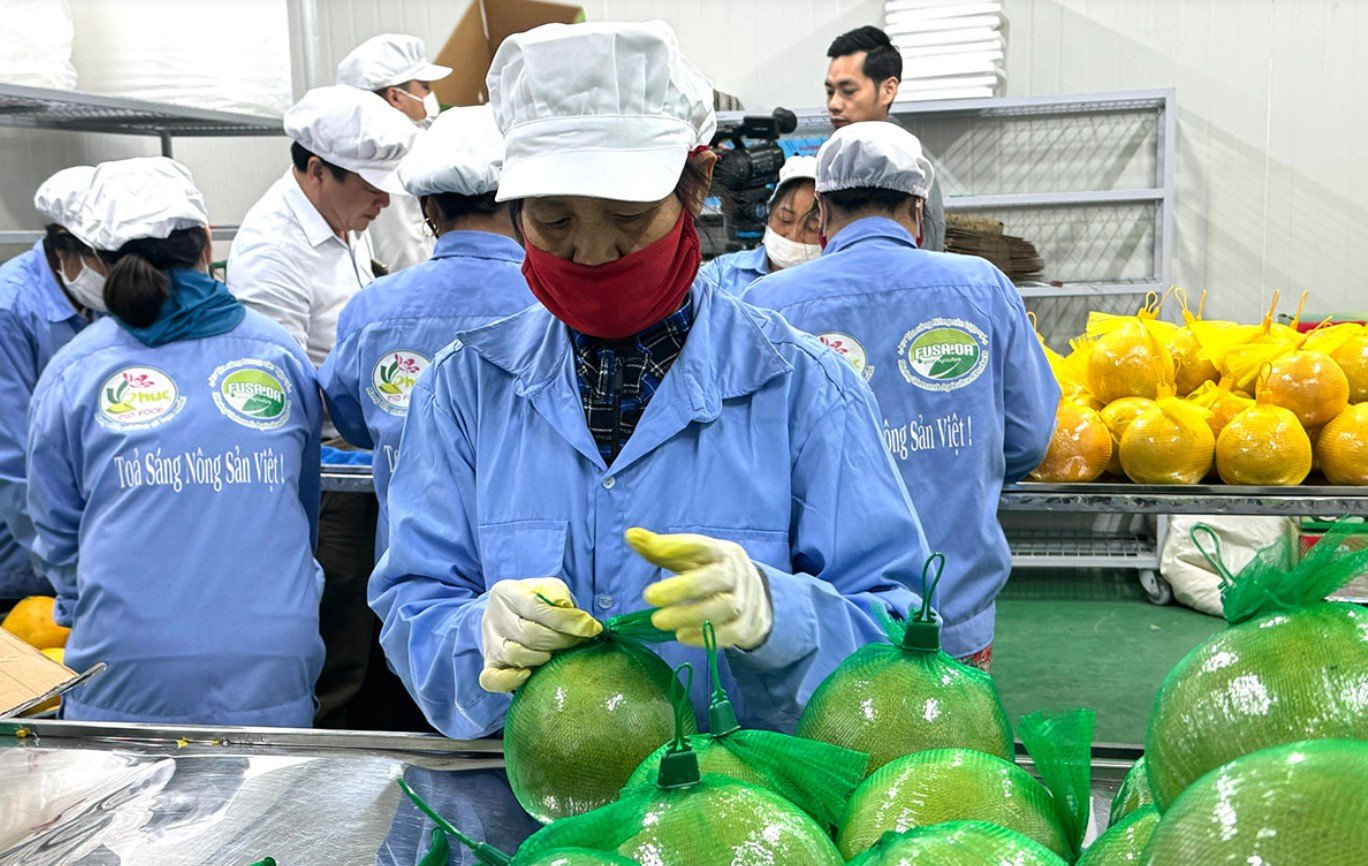

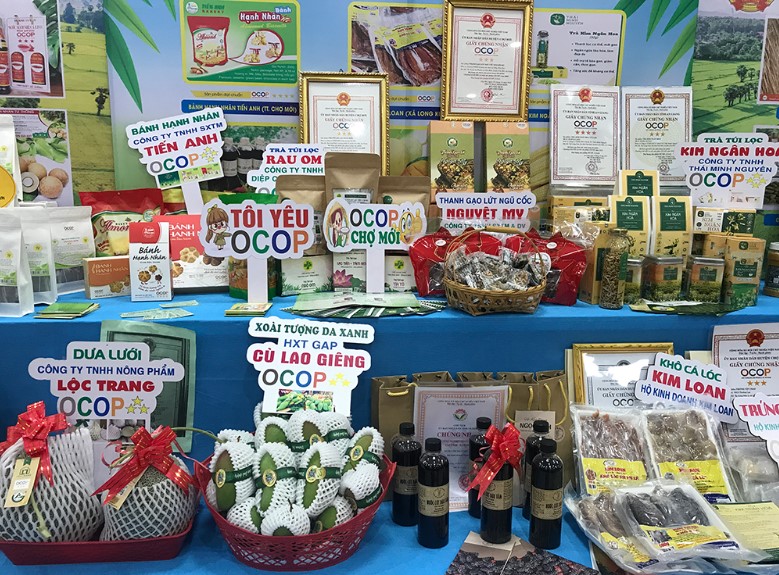

Comment (0)